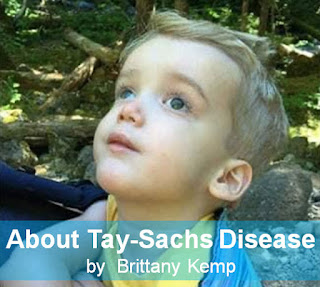Trauma, Stress, and Intergeneration Inheritance
by Stephanie England, GCSOM, MBS 2019
Mentor: Dr. Gregory Shanower, PhD
Thinking about what we eat or how much stress we’re under at work typically has to do with our own well-being and health, not necessarily that of our children. Passing things on to our kids by teaching them of our life experiences or through the typical hair color or eye color are well known, but what if we actually do pass on a lot more than meets the eye? In genetics, there have been many discoveries as technology advances and allows us to measure what is being passed on through our DNA. A lesser known form of inheritance is that of epigenetics. Epigenetics is basically other pathways the cells use to execute the plans DNA has or to silence those typical effects. Histones, which are packets of DNA wrapped around protein, can really influence how much of our DNA gets used by either covering it up or by opening it up to be read. RNA can also influence this by targeting certain areas and either silencing them or encouraging them to achieve their full potential.
Now what does this have to do at all with our own nutrition or stress or environment? Well, various studies in animal models have been exploring the pathways of inheriting epigenetics along generations. Mice and worms (nematodes) have been of particular interest to use. It might seem counterintuitive to study worms for an estimate of how stress might be inherited in humans, but many of the mechanisms are very similar between us so the model is quite useful to get an idea of what would be happening in us. Things that were found included increased risk for multiple different conditions because of stress or extreme factors imposed on the animals. A long list of increased risk included that to allergies and asthma, obesity, diabetes, lower fertility, and overall lower lifespan. There were also mental changes seen in offspring like more risk-taking, less adaptability to stress, and more despair when compared to normal animals. What’s even more interesting is that this was not just seen in the children of affected animals. It’s also seen in some cases in the grandchildren and the children of the grandchildren who weren’t affected by the same stressors.
Has this been seen at all in humans? Well, in fact, it has. By using historical records and medical records to see any impacts has shown signs that increased risks for diabetes, heart disease, allergies, and asthma in children of impacted parents. Records from children of survivors of the Holocaust and the Dutch famine from the end of WWII have shown specifically these increased risk for children of diabetes and heart disease. In children whose parents were survivors of the Holocaust, there were sign in their cells that are similar to patients with PTSD, showing there could be passing on of trauma to children based of the parents’ experiences. All of this withstanding, it is too soon to say definitively what is or is not passed on to children. My impressions from all of this is that, although it is a bit too soon, I would try to be mindful of how well we take care of ourselves as a lot more can be passed on than we realize. So taking that extra time for yourself or eating better doesn’t have to be a guilt trip, but can be thought of trying to make sure the future generations are as healthy as possible.



Comments
Post a Comment